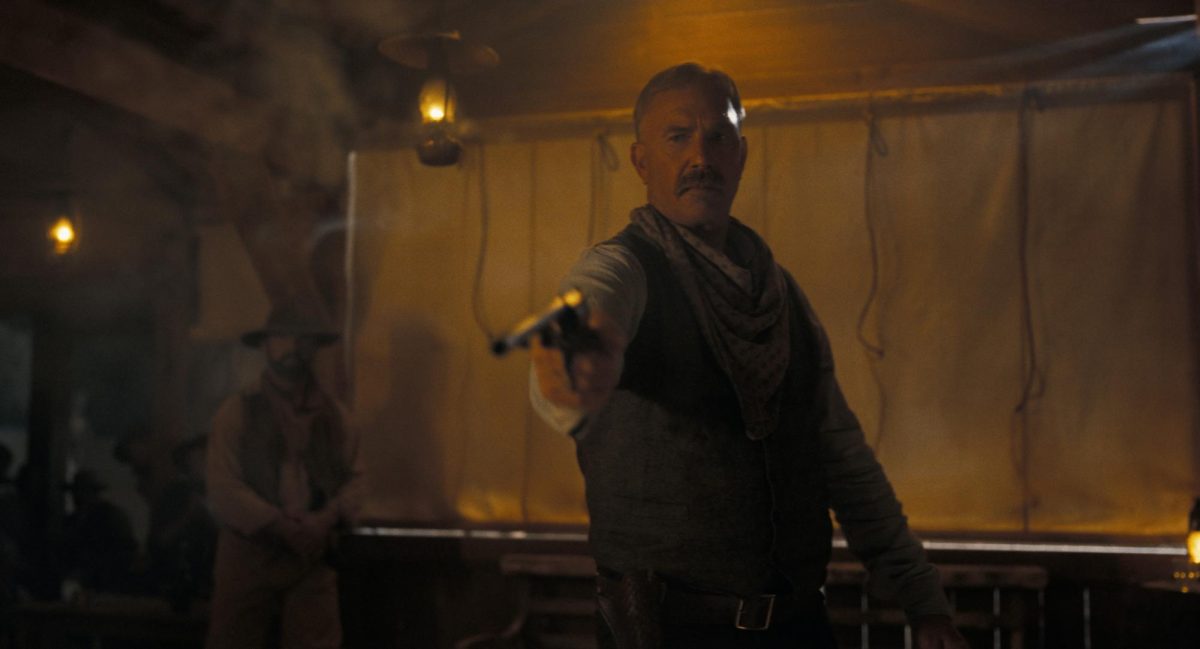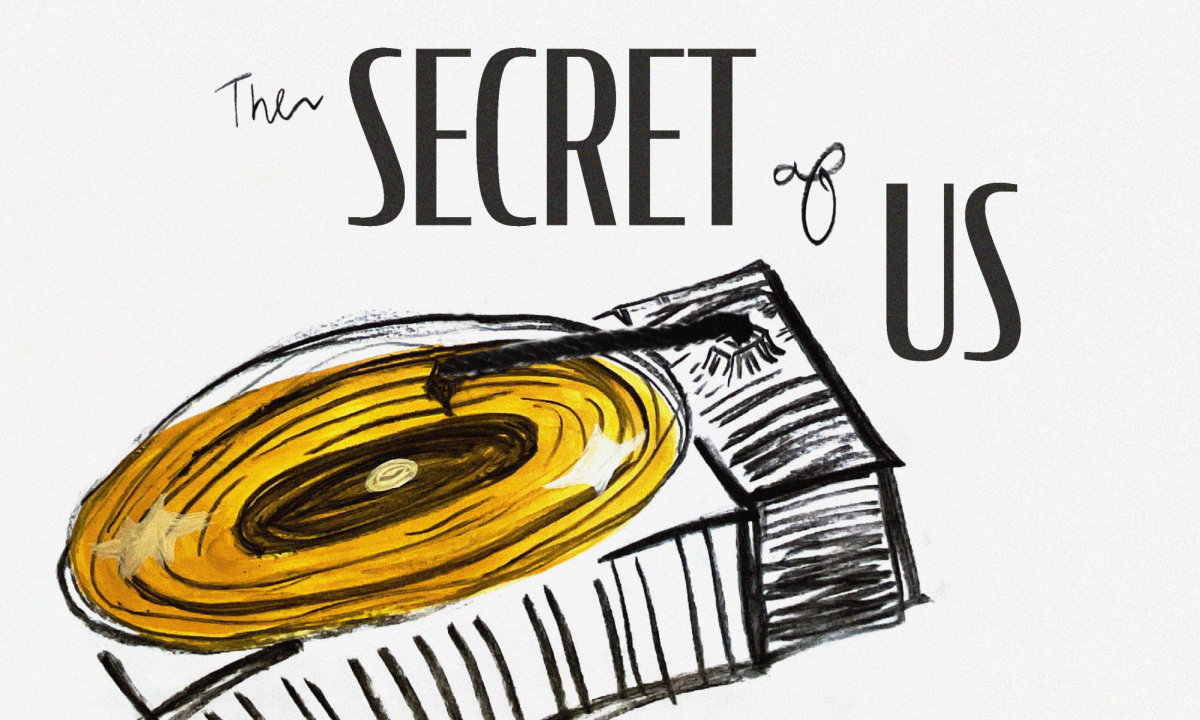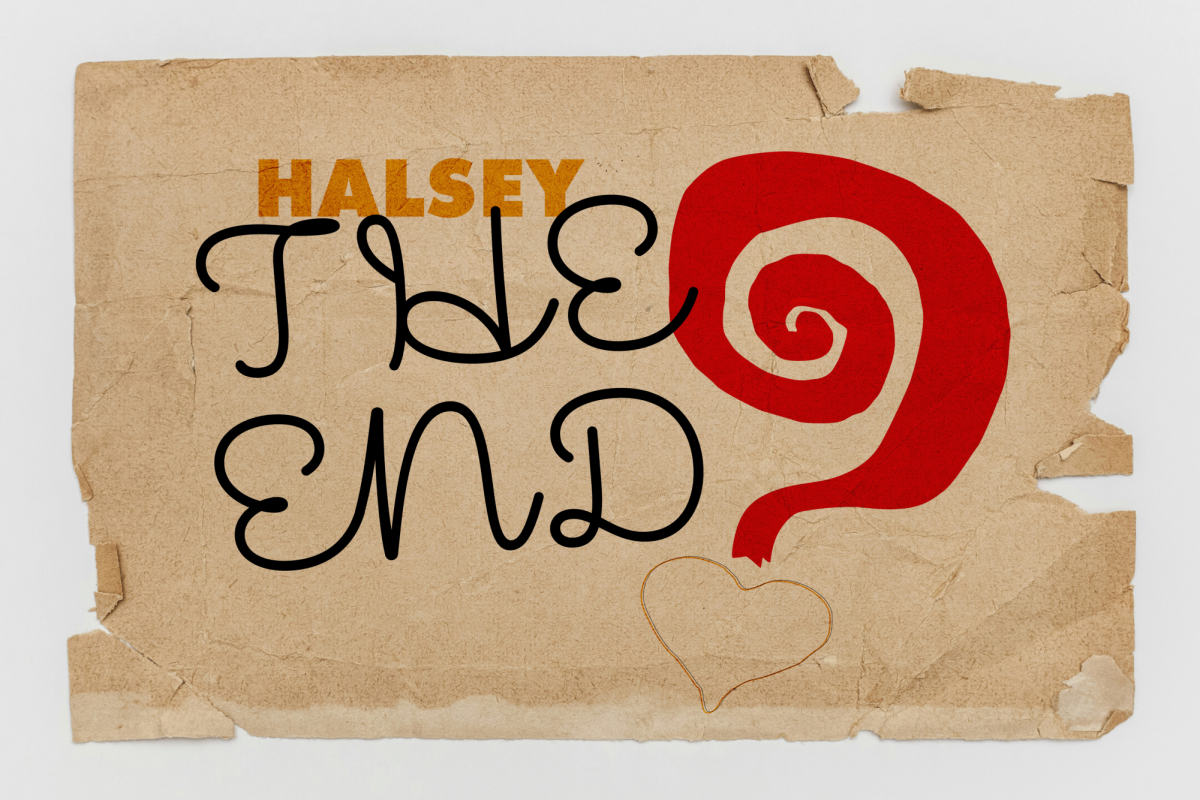We all know variety is the spice of life, and there is no shortage of variety in the modern music scene. While classical music can be traced all the way back to the 18th and 19th centuries through composers like Joseph Haydn, Johann Sebastian Bach and Wolfgang Amadeus Mozart, many modern genres have murkier beginnings.
Jazz has one of the murkiest beginnings since the genre itself has roots in African music traditions from about 1815. Call and response, syncopation and ensemble style singing were common in the work and spiritual songs of early black Americans. While spirituals branched off and became their own genre that morphed and evolved over the years, Buddy Bolden began organizing the beginnings of modern jazz in 1897. Bolden’s style was furthered by the up-and-coming jazz scene in New Orleans in 1908. With the gradual decline of ragtime, prohibition jazz was becoming more and more popular. Many of the innovations of artists like Jelly Roll Morton, Bessie Smith, Louis Armstrong and others created the music we know today and gave the 1920s memorable monikers — like the Jazz age and the roaring ‘20s. Though jazz clings to notoriety throughout the ‘40s through Billie Holiday, it was gradually replaced by big band swing music — characterized by artists like Doris Day, Frank Sinatra and Nat King Cole — that peaked in 1940. Big band swing phased out because of war efforts and a poor economy, but it folded back into the jazz that branched into bebop and cool jazz.
As jazz and big band swing started to phase out, it was replaced by rock and roll. Rock and roll, started in the 1950s by Alan Freed, was a combination of the electric blues, boogie, jazz, gospel and country genres. In the early 1950s, the popular music charts still featured the last of the big band stars, but in 1953 this changed with the first official rock and roll song, “Crazy Man Crazy,” by Bill Haley and His Comets which reached No. 12. Other artists, like Elvis Presley, started to gain popularity at this time as well. After the death of Buddy Holly and other major players in the genre, rock and roll began to diversify. The 1960s encouraged innovations like Phil Spector’s wall of sound and surf music, as well as the beginning of the British Invasion as The Beatles and other British bands started to get more popular in the United States. Inspired by this new sound are the garage bands that later led to the creation of heavy metal. The darker and somewhat grungier sound in modern rock and roll stems from the artists of the ‘70s.
Though pop has markers that define the genre today, in the 1950s the genre was a hodgepodge of whatever most people liked listening to. It wasn’t until Patsy Cline in 1961 that the genre began to define itself and was further separated by King of Pop Michael Jackson, Elton John and Madonna in the ‘70s and ‘80s.
Whether it’s classical or jazz, pop or heavy metal, there seems to be music for everyone. You just have to start listening.
@ladyofth3lak3















Philip Lee • Nov 15, 2017 at 2:48 pm
Neither glam rock nor punk existed in the 1950s.
Steve • Nov 16, 2017 at 8:24 am
Thank you. I came to say the same thing.